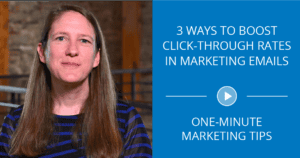How To Use Motivators in Building A Work Environment
In the book How to Build the Highest Performing Cultures Through the Science of Total Motivation, Neel Doshi and Lindsay McGregor take a look at human psychology research to understand how to build high-performance work environments.
The book identifies two main types of motivation: direct motives and indirect motives. Direct motives are directly linked to the task at hand, while indirect motives are motives that are removed from the work and may be considered harmful to performance.
Direct motives can be broken down in the following ways:
- Play. This is the most powerful motivator. Work is enjoyment and the activity is the reward.
- Purpose. You may or may not enjoy the task, but you value the outcome.
- Potential. You perform the task because it may help you reach a goal or accomplish something you believe in.
Indirect motives can be broken down as well:
- Emotional Pressure. This can be internal or external, and is caused by typically negative emotions such as disappointment, guilt or shame.
- Economic Pressure. This is not always related to money, but also to performing a task to receive an award or avoid punishment.
- Inertia. Tasks are completed because you completed them yesterday, or because they are routine.
What do these types of motivation mean in the workplace? In a client-focused business, like Blue Door Consulting, understanding motivation is especially important. Blue Door Consulting taps into the direct motivators ‘play, purpose and potential’ in our core values. We also encourage team members to ‘raise the flag’ (raise awareness) when we recognize we are being influenced by indirect motivators.
This understanding of types of motivation is used externally with clients, as well. Discovering client motivations and tapping into them is particularly helpful when asking questions. It helps us to align our motivations with our clients-in an essence we take a long-term approach to our relationships with clients. The discovery of indirect motives is used to call for time-outs and new strategies, as well.
Are you interested in working for a company that taps into direct motivation in order to create the highest performing workplace? Check out available job descriptions at Blue Door Consulting here.




